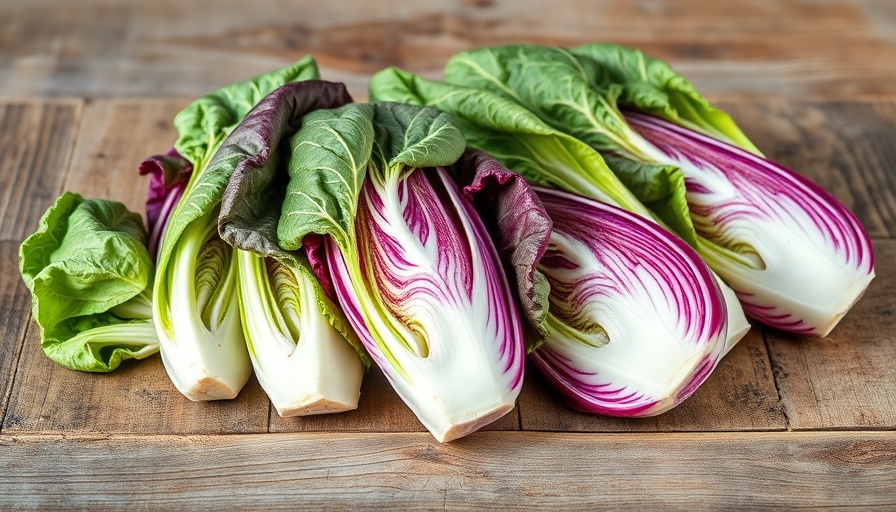
Unlock the Secrets of Growing Radicchio
Radicchio, with its distinct purple-red leaves and bitter flavor, is a hidden gem in the world of leafy greens. This unique vegetable not only adds color and diversity to salads but also packs a punch in flavor, making it a favorite among chefs and home cooks alike. Despite its popularity in Italy, many in the U.S. are unaware of how to cultivate this versatile plant. In this guide, we'll explore everything you need to know to grow radicchio successfully, from sowing to harvesting, and even how to enjoy it in delicious dishes.
A Quick Overview of Radicchio
Radicchio, scientifically known as Cichorium intybus var. foliosum, is often mistaken for a red cabbage but features a distinct flavor profile that sets it apart. Typically treated as an annual, this biennial crop thrives in USDA zones 4 to 10 and requires rich, well-draining soil and plenty of sunlight. To achieve the best growth, consider keeping the soil’s pH between 6.5 and 7.5. Proper spacing and moisture levels are crucial to ensuring that your radicchio develops into vibrant heads.
Planting Radicchio: Timing is Everything
For successful planting, it's essential to time your sowing correctly. Radicchio can be started indoors or sown directly into the garden. If seeding indoors, begin about 6 to 8 weeks before the last frost date. For outdoor sowing, aim for early spring or late summer, as radicchio prefers cooler temperatures. Depending on the variety, radicchio typically matures in 55 to 90 days, so plan your planting accordingly to ensure a continuous harvest.
Choosing the Right Cultivars
Various radicchio cultivars offer different flavors and textures. Popular varieties include Chioggia, which is sweeter and rounder, and Treviso, known for its elongated shape and robust flavor. Exploring heirloom options might lead you to discover unique tastes suited to your palate. Selecting the right cultivar can significantly enhance your culinary creations, allowing for endless opportunities in salads, grilled dishes, or as a bold pizza topping.
Pest Control: Protecting Your Gem
Like any garden plant, radicchio is susceptible to pests and diseases. Common threats include aphids, slugs, and root maggots. Implementing integrated pest management strategies such as companion planting, which encourages beneficial insects, can help combat these nuisances. Keeping a close eye on your plants and applying organic pest control methods when problems arise can keep your garden thriving.
Harvesting and Preserving Radicchio
Knowing when and how to harvest your radicchio is crucial! The plants are ready for harvesting once they reach a firm size, typically indicated by compact heads. It’s best to cut at the base rather than pulling the plant from the ground, which can damage the roots. After harvesting, enjoy radicchio fresh, or learn preservation methods such as blanching and freezing for later use.
Culinary Uses: From Garden to Table
Radicchio is incredibly versatile in the kitchen. Its bitter flavor balances well with rich ingredients—think creamy dressings or a sprinkle of parmesan cheese. Consider incorporating radicchio into risottos, salads, and grilled dishes. Forward-thinking chefs might also experiment with pickled or roasted radicchio, opening up exciting flavor dimensions.
Concluding Thoughts: Begin Your Radicchio Adventure
Embracing radicchio in your garden not only diversifies your vegetables but also gives you a taste of culinary tradition. By understanding its growth requirements and experimenting with its unique flavor, you can elevate your gardening and cooking experience. So, gather your tools, sow some seeds, and watch your garden flourish with this exquisite vegetable!
 Add Row
Add Row  Add
Add 




Write A Comment